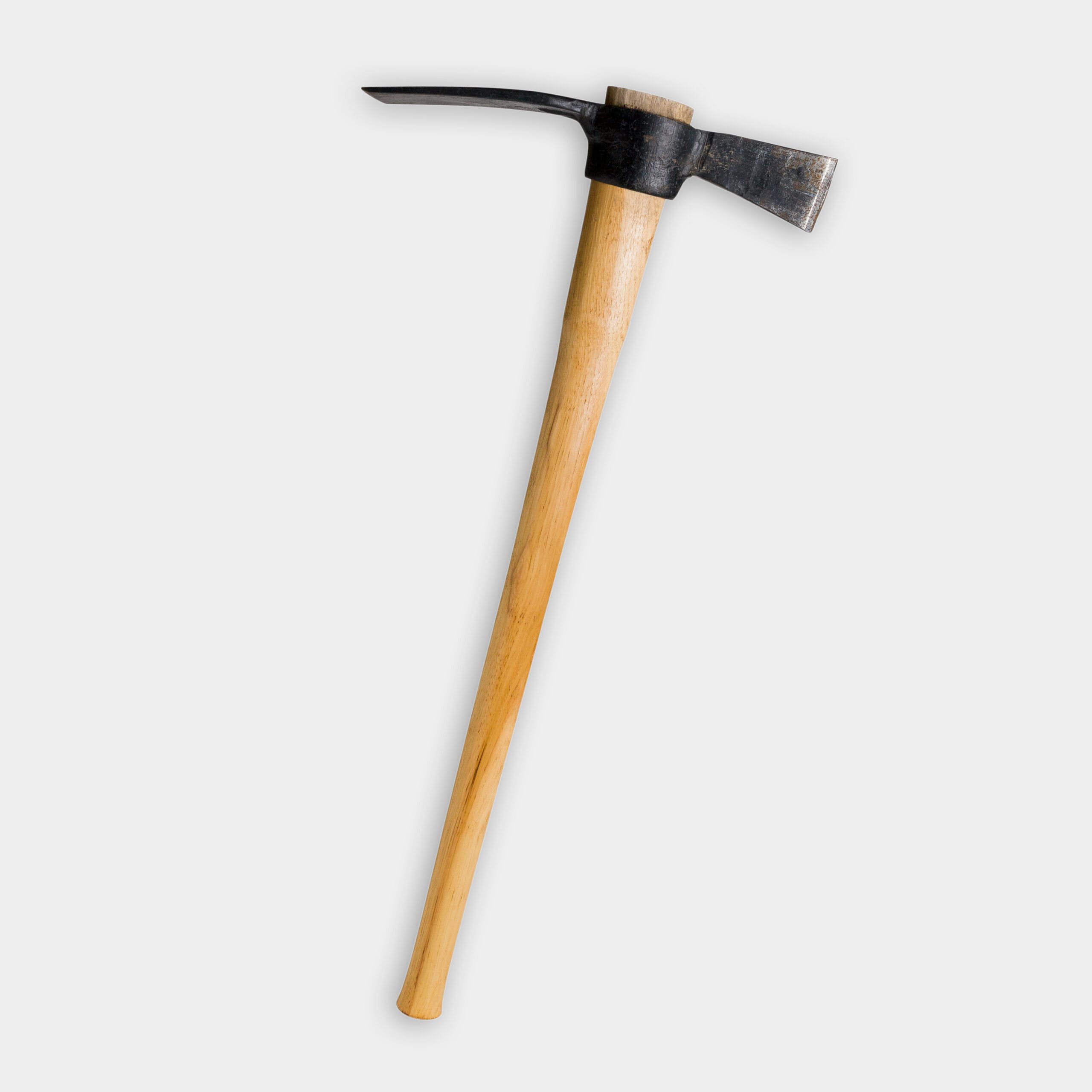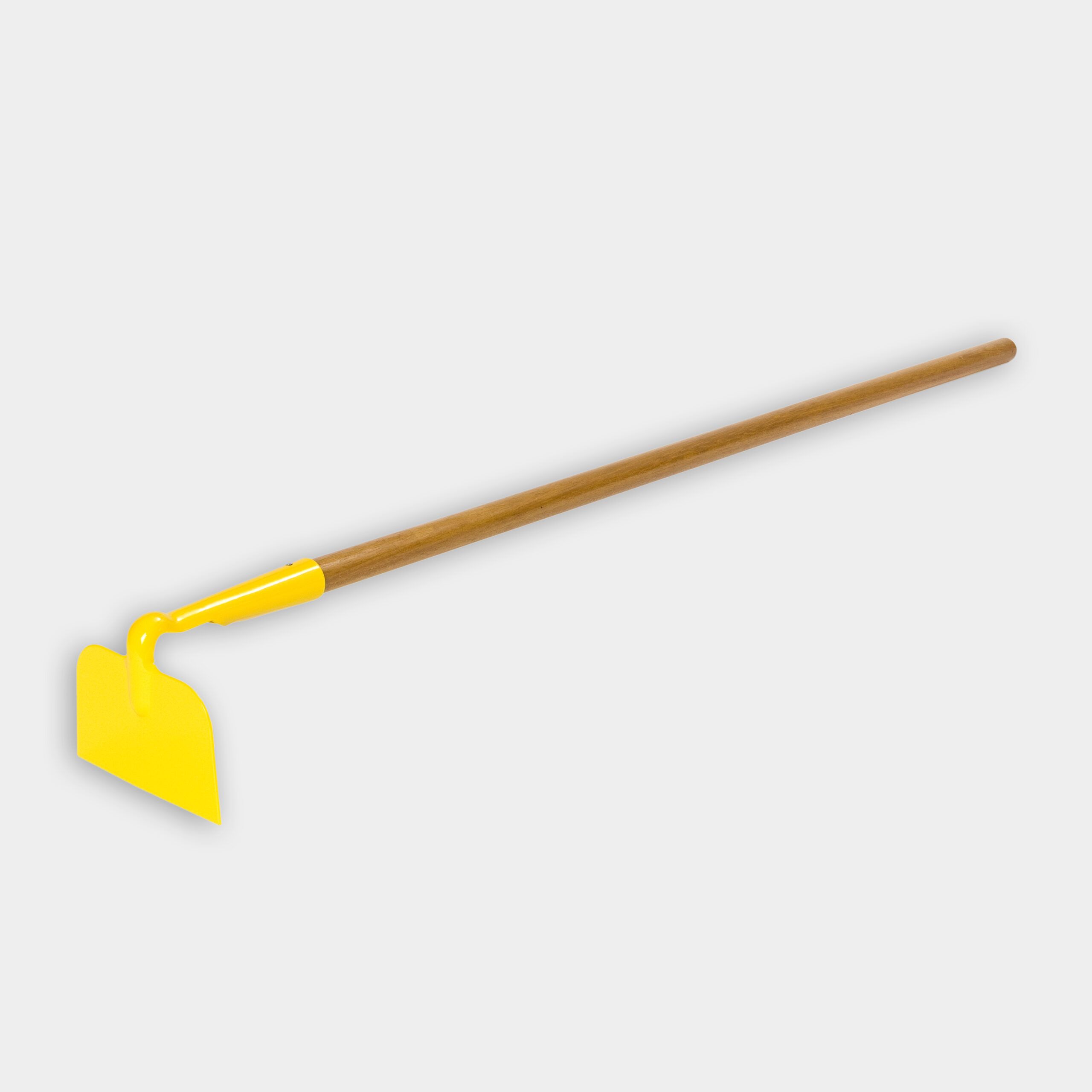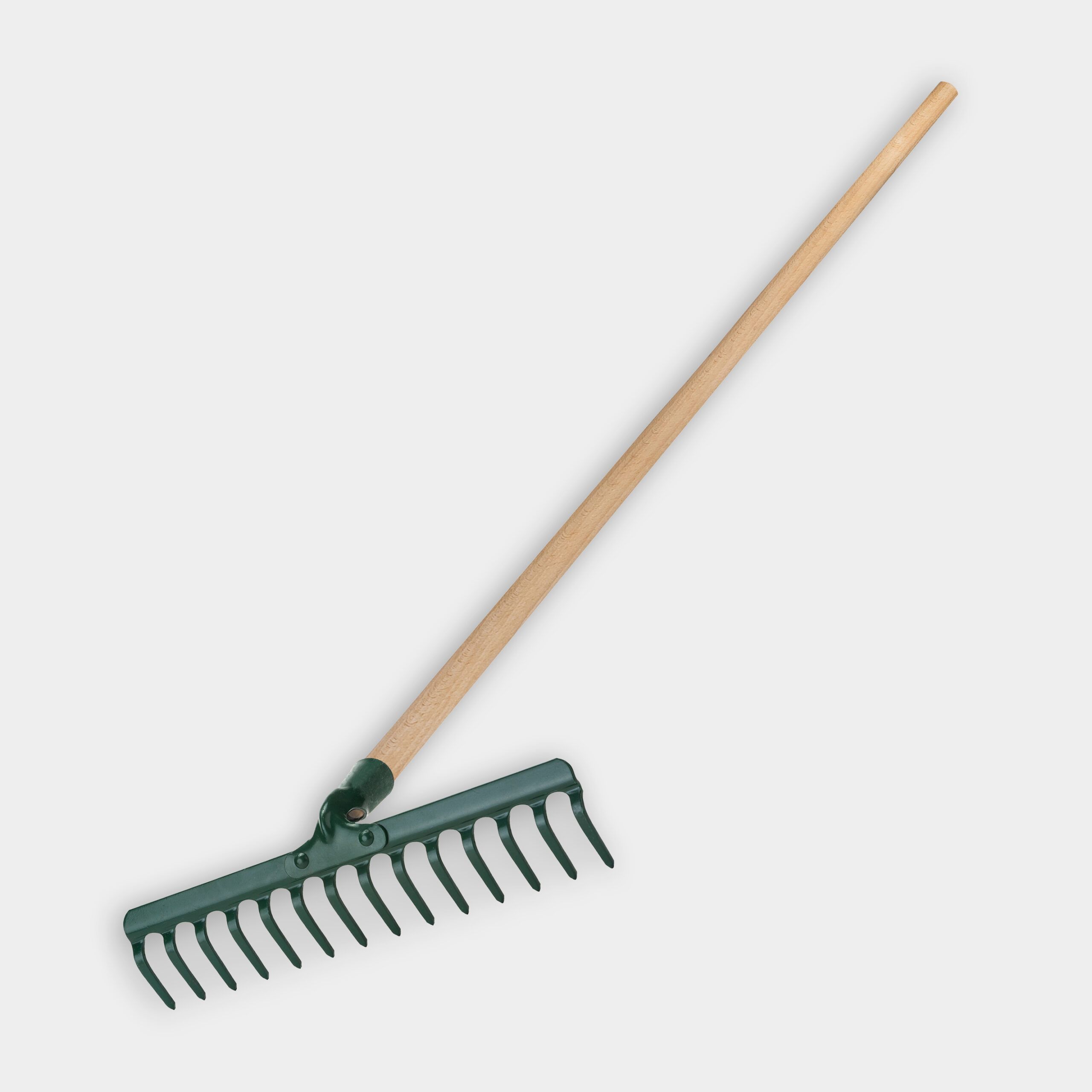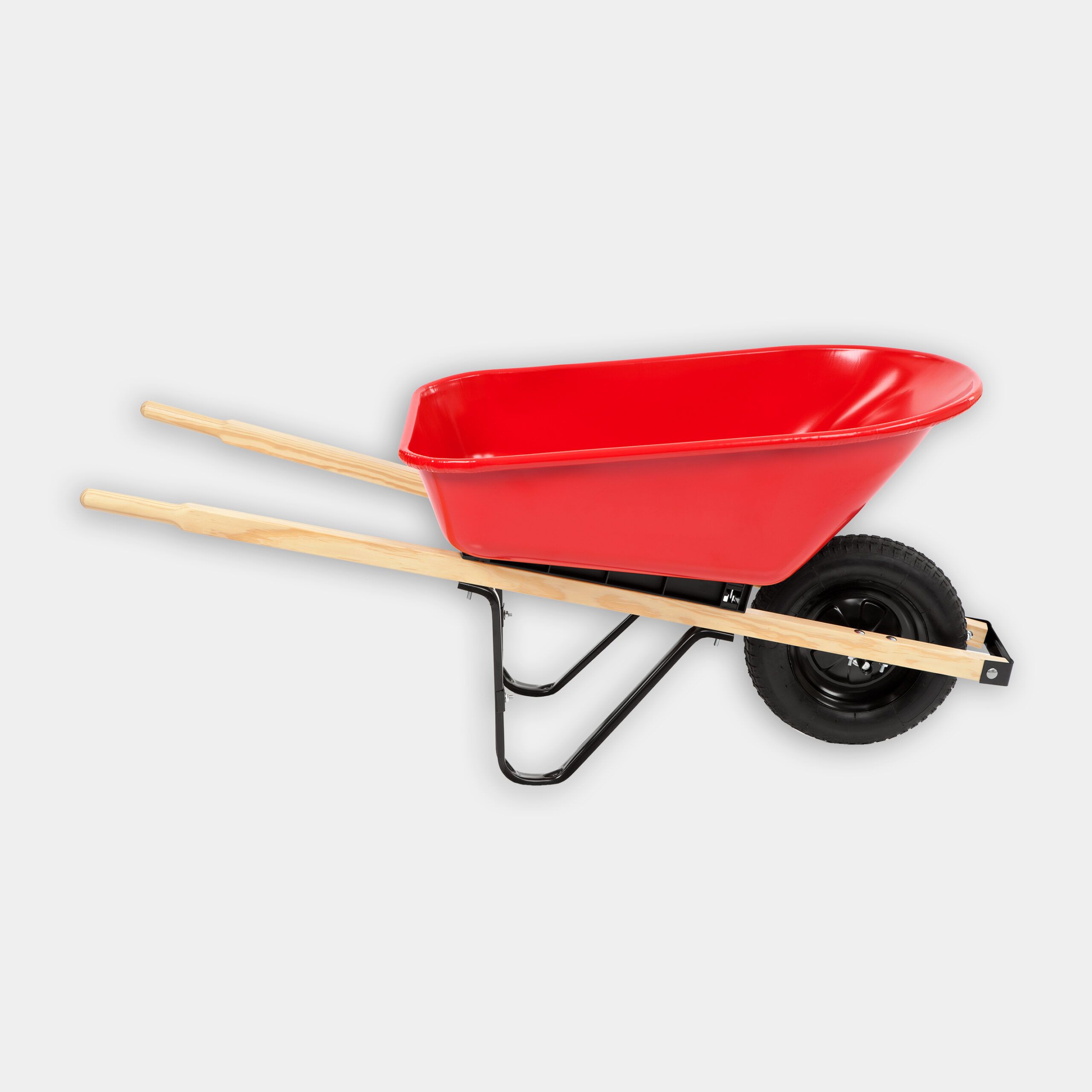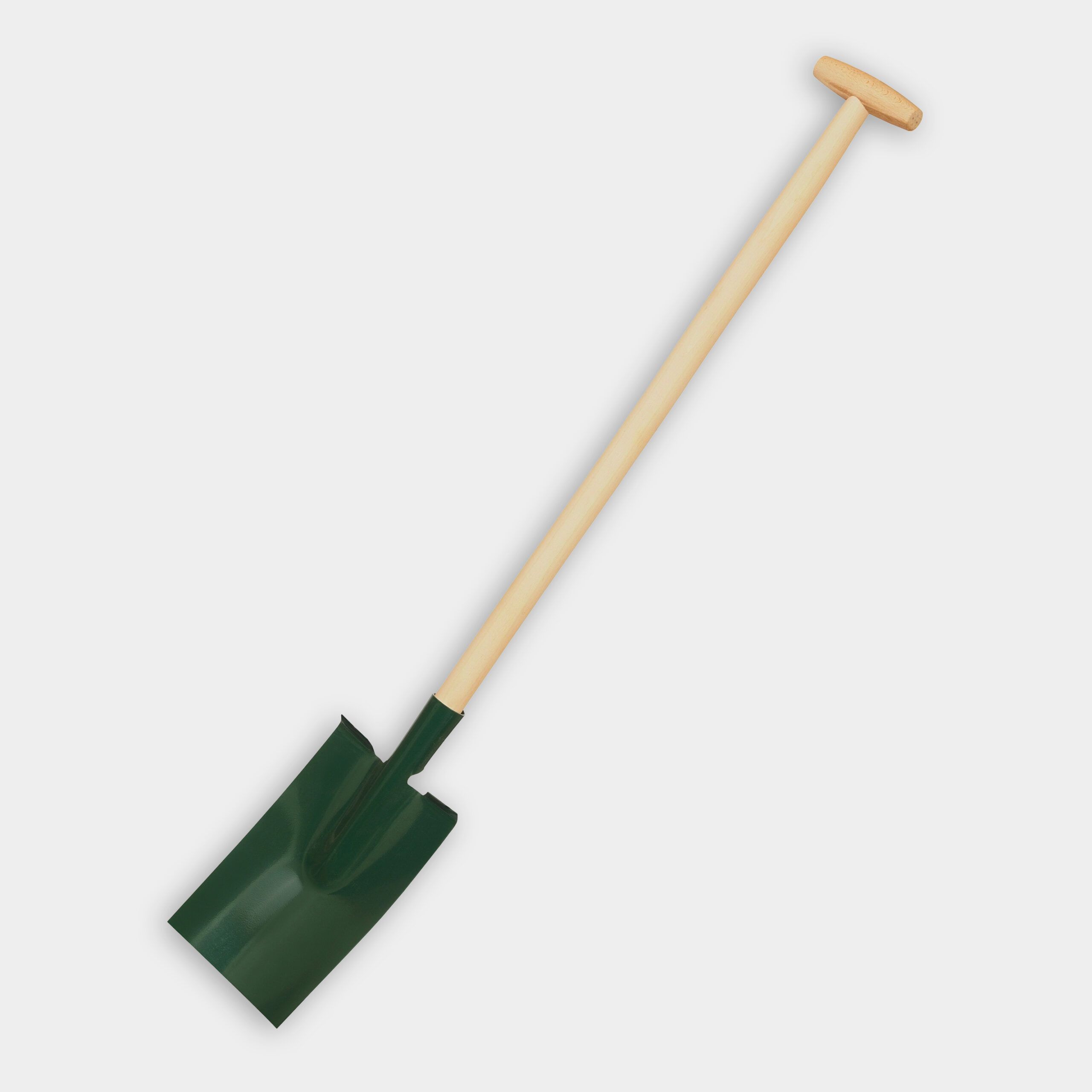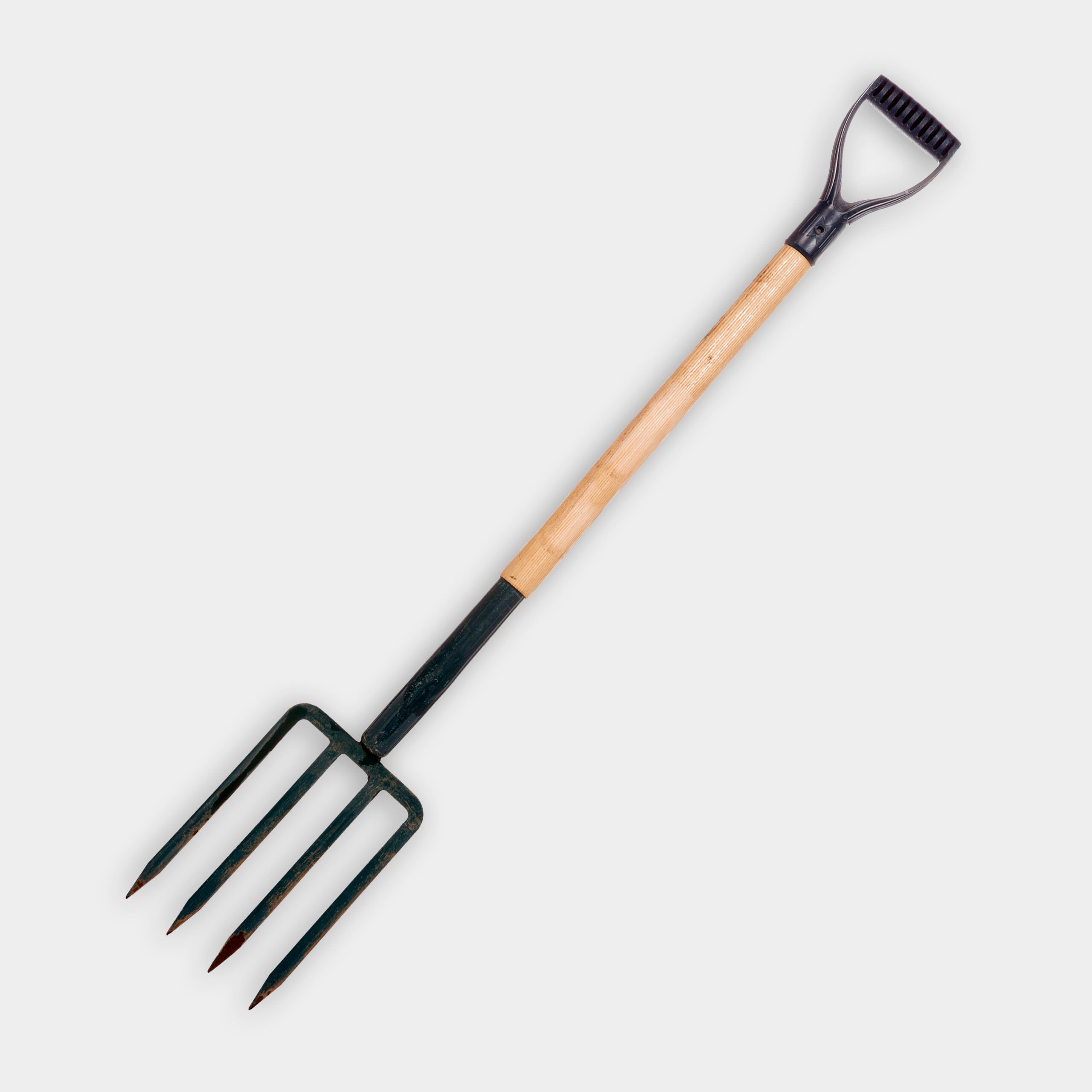Project details
Skill
Cost
Estimated Label
We may be compensated if you purchase through links on our website. Our team is committed to delivering honest, objective, and independent reviews on home products and services.
A full-sun garden can turn your yard into an oasis of color and texture. These gardens thrive in areas that receive at least six hours of direct sunlight daily, making them perfect for your property’s open spaces or south-facing areas. In this guide, we’ll show you how to choose plants for your garden and maintain them year-round. The video above follows landscape contractor Jenn Nawada as she helps a homeowner bring new life to her backyard guest entrance with perennials, hydrangeas, daisies, and more.
Understanding Full-Sun Gardens
While full-sun gardens can be beautiful and low-maintenance, they do require careful planning and plant selection. Here are some of the benefits of planting a full-sun garden in your yard:
- Drought-resistant options
- Extended blooming seasons
- Reduced risk of fungal diseases
- Vibrant, colorful blooms
- Wide plant selection
Creating a garden in an area with full sunlight can also help reduce moss and mold formation, enhancing your garden’s overall health. Gardens in full sun are also less likely to foster pests that thrive in humid, shaded environments.
Choosing Plants for Your Full-Sun Garden
Sun-loving plants will flourish in this garden type, while those sensitive to heat may struggle. Here are some excellent options for your full-sun garden:
- Big blue lilyturfs
- Green Velvet boxwoods
- Honorine Jobert windflowers
- Little Limelight hydrangeas
- Maiden grasses
- May night wood sage
- October daphne stonecrops
- Peonies
- Purple coneflowers
- Shasta daisies
- Tupelo trees
These plants offer a mix of blooming periods, textures, and heights to create a dynamic and visually appealing garden throughout the year. Whether you’re aiming for a structured look with boxwoods or a more whimsical feel with windflowers and coneflowers, the plants you choose will impact your garden’s ambiance.
Materials and Tools
In addition to your plants, you’ll need the following tools and materials for this project:
- Compost
- Fertilizer
- Grub hoe
- Mulch
- Mulch fork
- Pickax
- Rake
- Sod
- Spade shovel
- Wheelbarrow
Planning Your Full-Sun Garden Layout
Arrange your plants with taller species in the back and shorter ones in the front. This creates a layered look and ensures all plants receive adequate sunlight. In the video above, Nawada places shrubs and taller plants along the foundation and shorter perennials in the foreground.
Incorporate plants with varying textures, colors, and bloom times to maintain visual interest throughout the seasons. For example, combine the wispy texture of maiden grass with coneflowers’ bold flowers and boxwoods’ structural presence.
Remember to space your plants appropriately, allowing room for them to reach their mature size. This prevents overcrowding and reduces competition for resources. Proper spacing can also improve air circulation, reducing the risk of disease and encouraging growth. Think about how you will navigate through the garden, and perhaps incorporate seating areas to enjoy different views of your garden display.
Preparing the Soil for Your Full-Sun Garden
Your new plantings will need healthy soil and organic matter to thrive. Follow these steps to create an ideal growing environment for your plants:
- Remove existing grass and weeds from the area.
- Test the soil pH and amend it if necessary.
- Add organic matter, such as compost, to improve soil structure and fertility.
- Till the soil to a depth of 8–12 inches to ensure good drainage.
- Level the area, creating a slight slope away from buildings to prevent water pooling.
Nawada and the homeowner she’s assisting showcase the importance of removing existing grass and incorporating compost into the soil to improve its quality. You can also use other organic materials, such as well-rotted manure and leaf mulch, to improve soil quality. Soil testing can help you determine the specific amendments your soil needs for optimal plant health.
Planting Your Full-Sun Garden
Once you have prepared your soil and selected your plants, it’s time to start planting. Follow these steps:
- Dig holes twice as wide as the plant’s root ball and just deep enough so the top of the root ball is level with the soil surface.
- Gently remove plants from their containers and loosen the roots if they’re tightly bound.
- Place the plant in the hole and backfill with soil, firming gently to eliminate air pockets.
- Water thoroughly after planting to help settle the soil around the roots.
- Apply a 2- to 3-inch layer of mulch around the plants, keeping it away from the stems to prevent rot.
Planting in the early morning or late afternoon can reduce your plants’ shock from the heat.
Maintaining Your Full-Sun Garden
Despite their benefits, full-sun gardens can present some challenges, such as high water requirements, dry soil, and plant scorching due to extreme heat. Regular maintenance is key to keeping your full-sun garden healthy and vibrant. Here are some essential care tips.
Fertilizing
Apply a balanced, slow-release fertilizer in early spring to provide nutrients throughout the growing season. Follow package instructions for application rates. Midseason supplements can also extend the blooming period of some plants.
Mulching
Replenish mulch annually to retain soil moisture, suppress weeds, and regulate soil temperature. Mulching conserves water while helping provide a neat appearance to your garden beds.
Pest Management
Inspect your garden regularly for signs of pests and take appropriate action. Natural predators, organic insecticides, and barriers can help manage common garden pests without harming the environment.
Pruning and Deadheading
Regularly remove dead or diseased foliage and spent blooms to encourage continued flowering and maintain plant health. Deadheading can redirect the plant’s energy toward new growth rather than seed production.
Watering
Full-sun gardens often require more frequent watering, especially during hot, dry periods. Water deeply and less frequently to encourage deep root growth. Nawada advises watering daily for the first two weeks, then gradually reducing the frequency as the plants establish.
Winter Protection
In colder climates, provide winter protection for less hardy plants by adding extra mulch or using protective covers. Seasonal pruning and antidesiccant spray applications can also help protect against winter damage.
Resources
Nawada helps a homeowner convert her side yard into a full-sun garden. This side yard is the gated entrance to the homeowners’ backyard, but the grass burns up in the summer because of all-day sun exposure. Nawada installs full-sun plants and shows the homeowner how to care for them.
To remove the sod, Nawada and the homeowner each use a grub hoe. Once they have broken up the sod, Nawada removes it from the area with a wheelbarrow. Next, they spread compost over the soil and use a digging fork to incorporate the compost by turning it over and into the soil.
Once they’ve prepared the garden soil, Nawada and the homeowner plant the plants by digging holes as deep as the roots and twice as wide. Then, they add fertilizer to each hole. They carefully remove each plant from its container, gently loosen its roots, and place it in the hole, keeping the root ball slightly above or at ground level. Finally, they top it off with loose soil and water.
